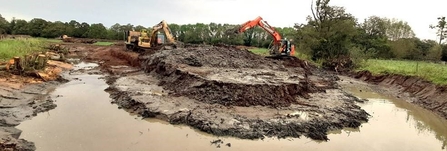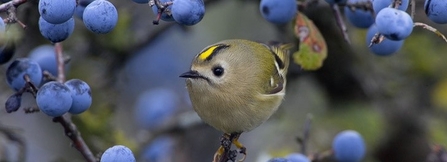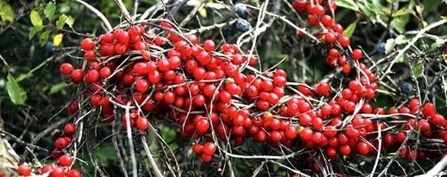The Ecclesbourne restored and some great partnership working!
Living Rivers Officer Kath Stapley writes:
“A river re-meandering project on the River Ecclesbourne is currently taking place at Turnditch, some seven miles south of our Middleton office. This project was initiated by the Environment Agency (EA) five years ago with the trust becoming involved subsequently. Scott McKenzie and Tarun Ingvorsen drove the early stages and Jenny Kril and I have been working on it since then, seeing it through to the recent delivery phase.
The aim of the project was to re-naturalise a 300 metre stretch of the river, bypassing the last remaining weir and putting the river back into its original channel. Following the removal of the weir at Snake Lane in Duffield last year, this now opens up the entire river system to Atlantic salmon and other migratory species such as eels so that they can return to and from their spawning grounds. The new section of river will be longer and run much more slowly than the previous straight, deep channel which was constructed in the late 1700’s to power the local corn mill. As a result, the river will now become much more biodiverse.




